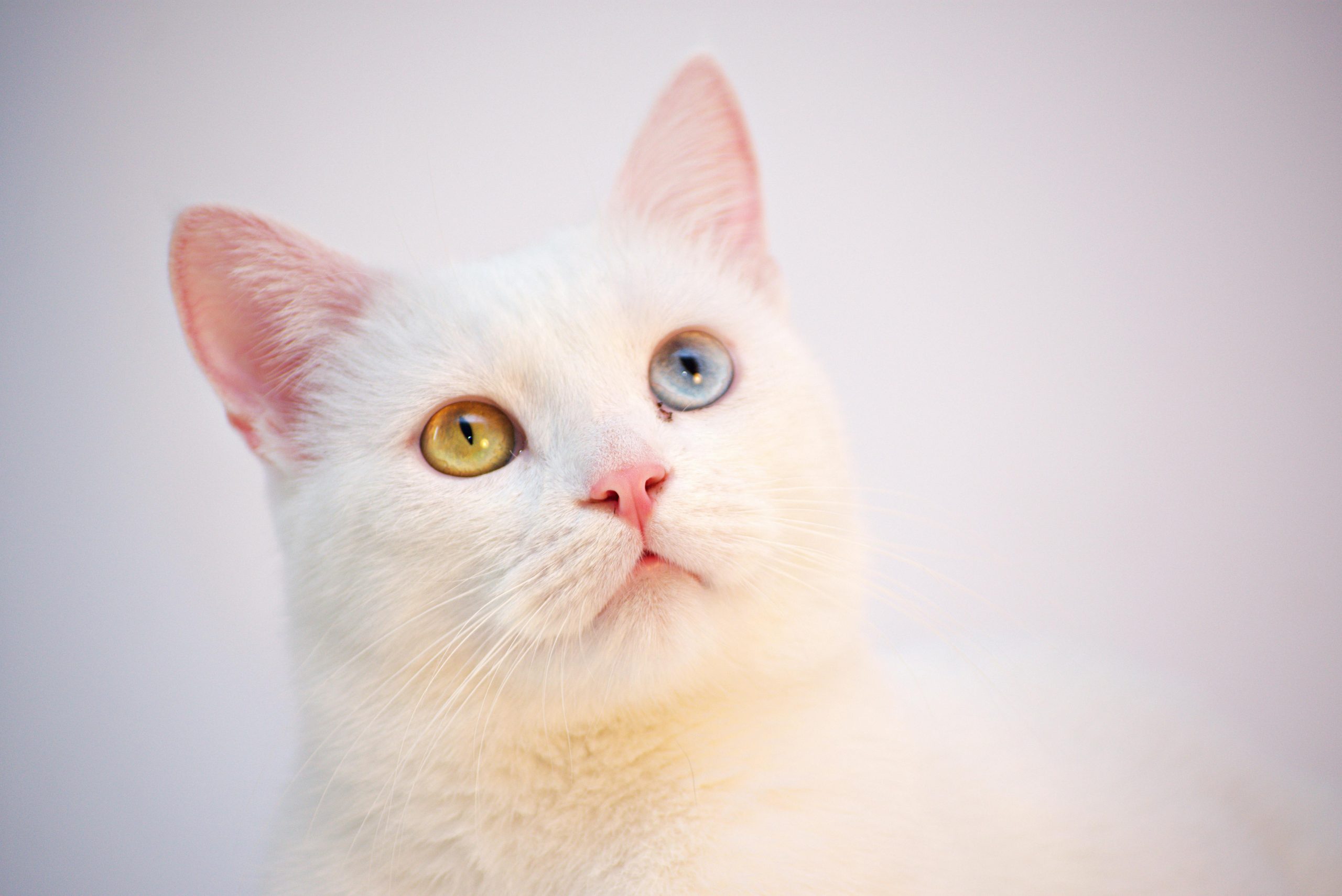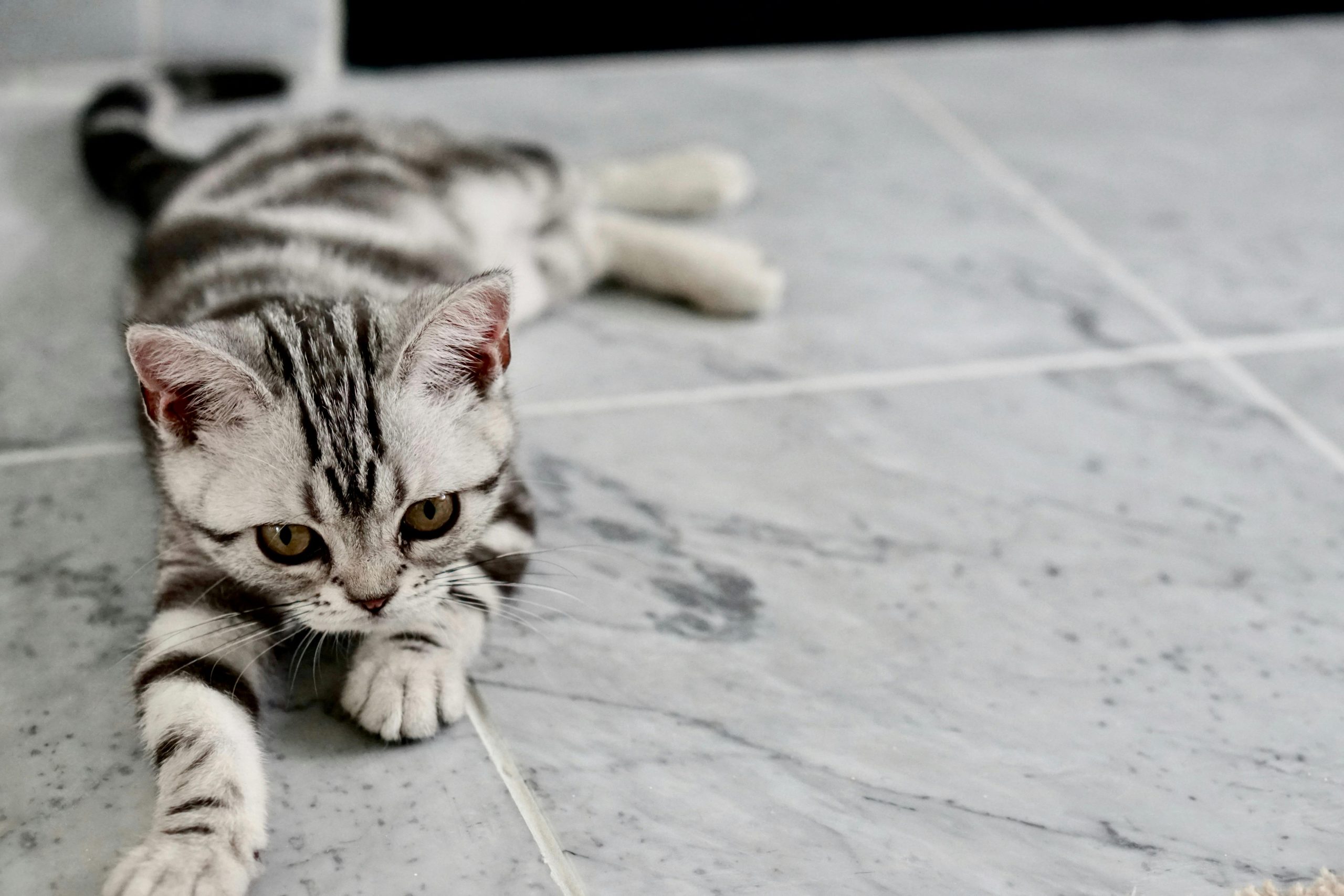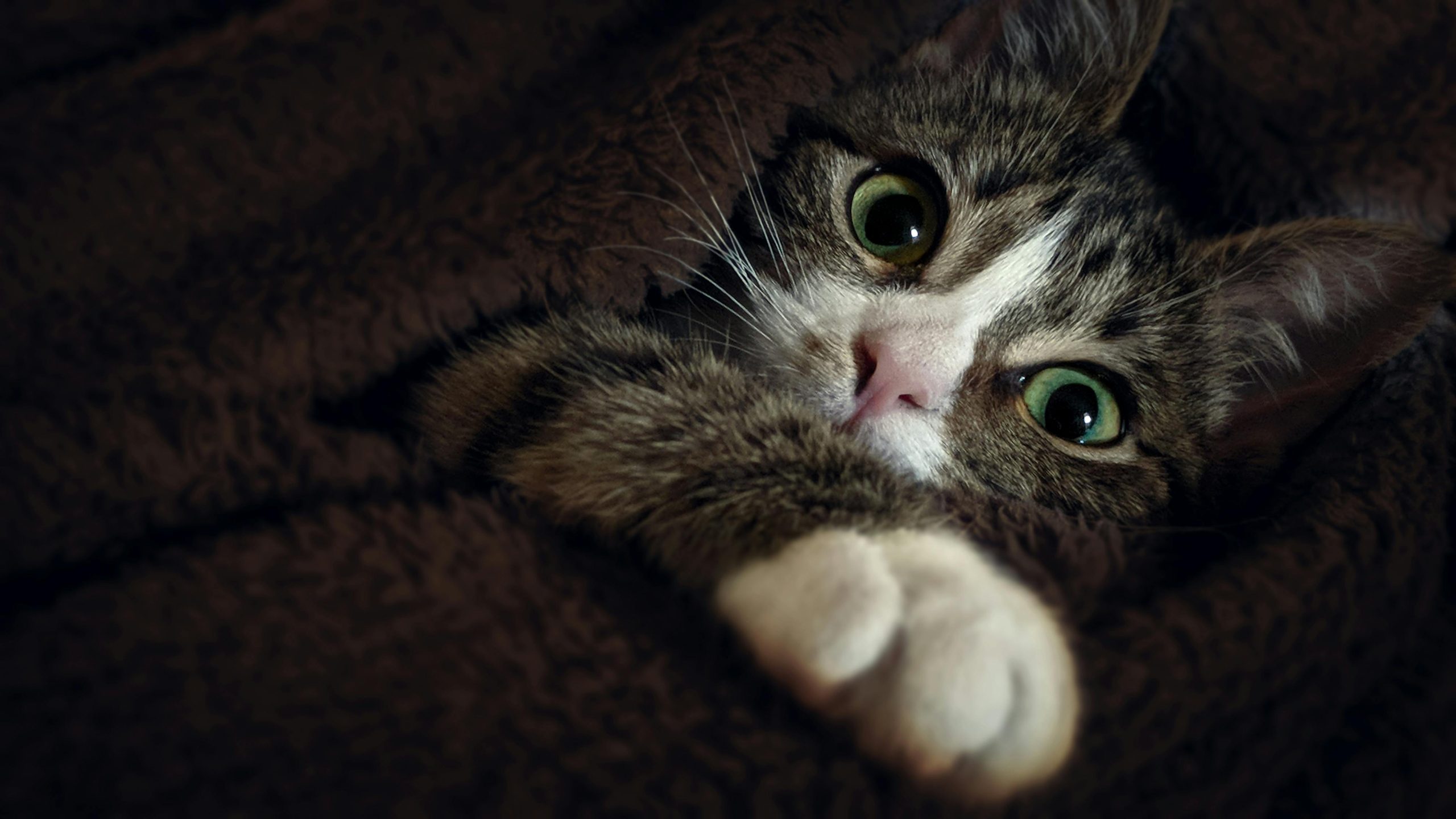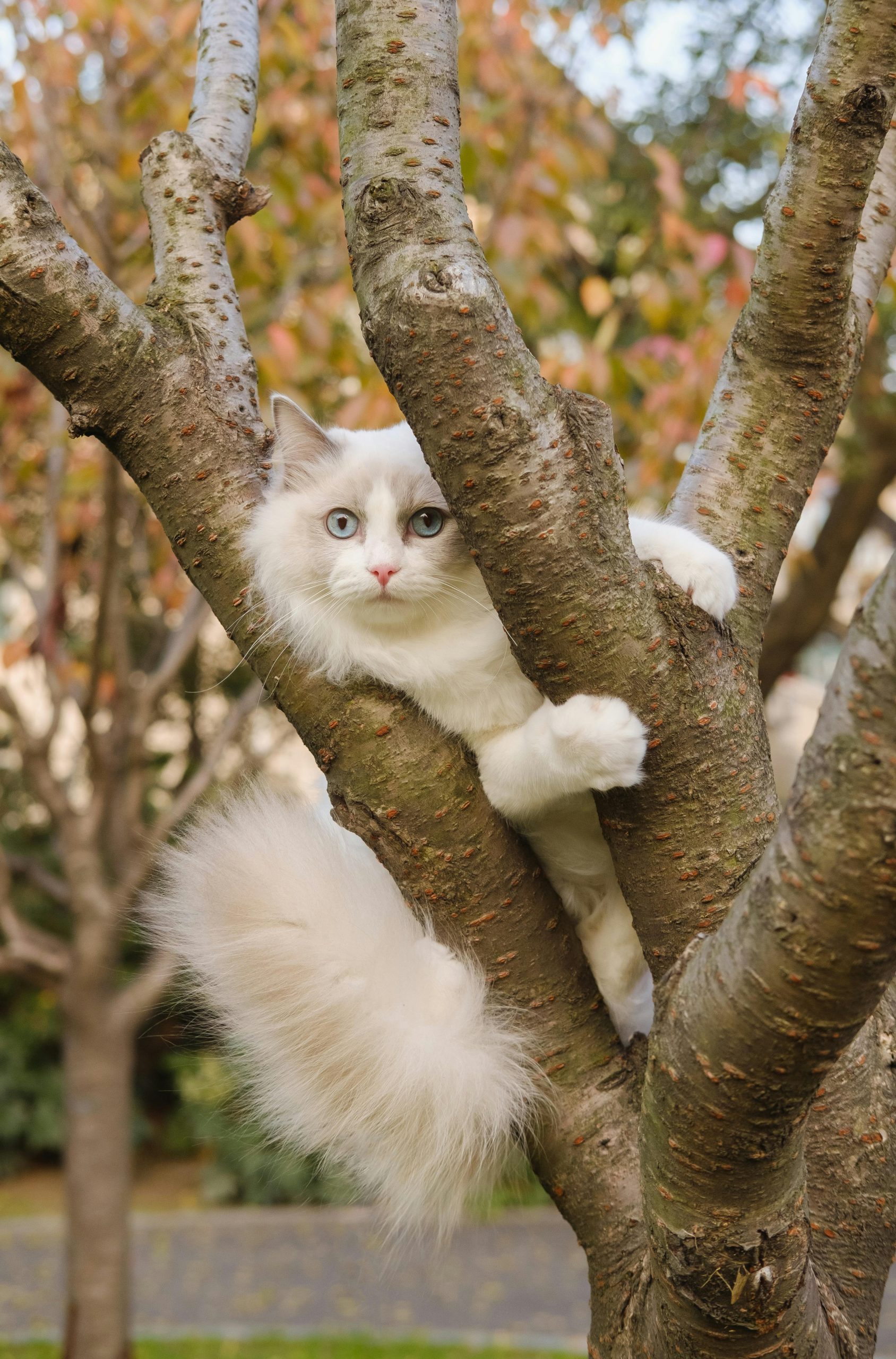1. Understanding the Effects of Abuse on Cats
Abuse can have devastating effects on cats, both physically and emotionally. Cats that have experienced abuse may exhibit various behavioral issues such as fear, aggression, withdrawal, or excessive hiding. To help an abused cat re-socialize and recover, it’s important to understand the effects of abuse on their well-being. Here are some key points to consider:
- Trust Issues: Abused cats often struggle with trust due to their traumatic experiences. They may be wary of humans or other animals and may have difficulty forming new bonds.
- Anxiety and Fear: Cats that have been abused may suffer from anxiety and fear. They may exhibit defensive behaviors, such as hissing, growling, or hiding, to protect themselves from perceived threats.
- Physical Health Problems: Abused cats may have physical health issues resulting from neglect or mistreatment. It’s important to address any medical concerns and provide necessary veterinary care.
- Lack of Socialization: Cats that have been abused may have missed out on crucial socialization experiences during their early development. They may struggle with interacting with other animals or humans appropriately.

2. Creating a Safe and Secure Environment
Creating a safe and secure environment is essential to help an abused cat feel comfortable and begin the process of recovery. Here are some steps to consider:
- Quiet Space: Provide a quiet and secluded space where the cat can retreat to when feeling overwhelmed. It should be equipped with a comfortable bed, litter box, and food and water bowls.
- Eliminate Potential Triggers: Identify and eliminate any potential triggers that may cause fear or anxiety for the cat. This may include loud noises, sudden movements, or the presence of other animals.
- Positive Reinforcement: Use positive reinforcement techniques to reward the cat for desirable behaviors. Offer treats, praise, and gentle petting when the cat displays signs of relaxation or engages in positive interactions.
- Consistency: Establish a consistent daily routine for feeding, playtime, and social interactions. Consistency helps to create a sense of stability and predictability, which can be comforting for the cat.

3. Gradual Introduction to Humans
Re-socializing an abused cat involves gradually reintroducing them to positive human interactions. Here are some strategies to help with this process:
- Patience and Respect: Approach the cat with patience and respect for their boundaries. Allow them to set the pace and avoid forcing any interactions.
- Start with Presence: Begin by simply being present in the same room as the cat without actively engaging with them. Let them observe your presence and get accustomed to your scent.
- Offer Treats and Rewards: Use treats and rewards to establish positive associations with human presence. Place treats near the cat and gradually move closer over time.
- Gentle Interactions: Once the cat is comfortable with your presence, initiate gentle interactions such as softly speaking to them, offering chin scratches, or playing with interactive toys at a distance.
- Respect Boundaries: Pay attention to the cat’s body language and respect their boundaries. If they show signs of discomfort or stress, give them space and try again later.

4. Encouraging Socialization with Other Animals
Re-socializing an abused cat also involves helping them build positive relationships with other animals. Here are some steps to consider:
- Slow and Controlled Introductions: Introduce the cat to other animals gradually and in a controlled manner. Use a separate room or a barrier to allow them to see and smell each other without direct physical contact.
- Positive Associations: Use positive associations to create a sense of safety and security during interactions with other animals. Reward both the cat and the other animal for calm and non-threatening behavior.
- Supervised Interactions: Initially, supervise all interactions between the cat and other animals to ensure their safety. Gradually increase the duration and frequency of supervised interactions as the cat becomes more comfortableand confident.
- Allow Choice and Control: Give the cat the ability to choose whether to interact with other animals. Respect their boundaries and provide them with safe spaces where they can retreat if they feel overwhelmed.
- Professional Guidance: If needed, seek guidance from a professional animal behaviorist or trainer who can provide expert advice on introducing the cat to other animals and managing their interactions.

5. Providing Mental and Physical Stimulation
Engaging an abused cat in mental and physical stimulation can help improve their overall well-being and aid in the recovery process. Here are some ways to provide stimulation:
- Enrichment Toys: Offer a variety of interactive toys that encourage the cat to play and engage in natural behaviors, such as hunting or scratching. Puzzle toys and treat-dispensing toys can provide mental stimulation.
- Play Sessions: Engage in regular play sessions with the cat using toys that mimic prey-like movements. This not only provides physical exercise but also helps build trust and positive associations.
- Scratching Posts: Provide sturdy scratching posts to satisfy the cat’s natural instinct to scratch and stretch. Place them in different areas of the house to offer variety.
- Vertical Spaces: Create vertical spaces such as cat trees or shelves to allow the cat to climb and observe their surroundings. This helps them feel safe and provides mental stimulation.
- Environmental Exploration: Create a safe environment for the cat to explore, with hiding spots, tunnels, and perches. This encourages curiosity and provides opportunities for mental stimulation.

Conclusion
Helping an abused cat re-socialize and recover requires patience, understanding, and a commitment to their well-being. By creating a safe environment, gradually introducing them to positive human interactions and other animals, and providing mental and physical stimulation, you can help an abused cat rebuild their trust and confidence. Remember to always respect the cat’s boundaries, seek professional guidance when needed, and provide the love and care they deserve. With time and proper care, abused cats can heal and thrive in a loving and nurturing environment.

Leave a Reply